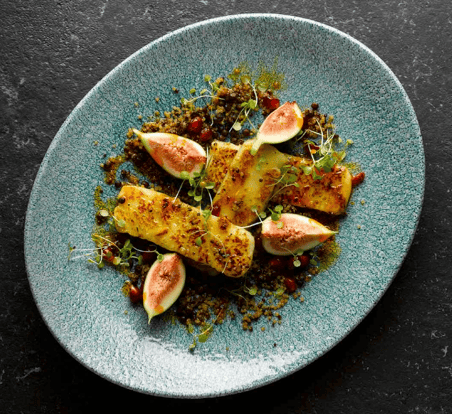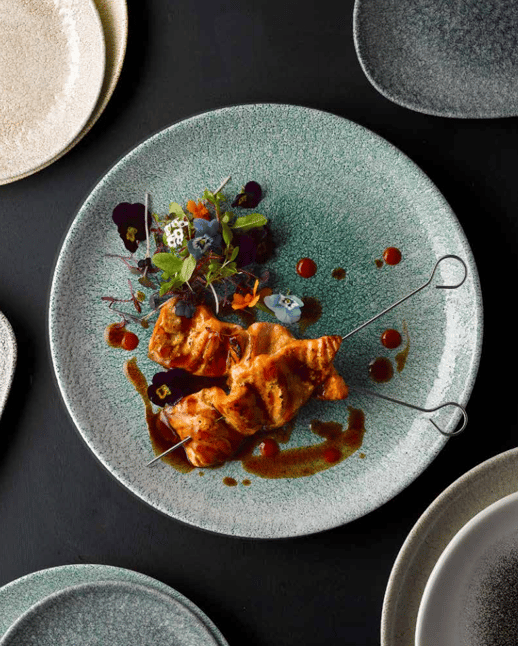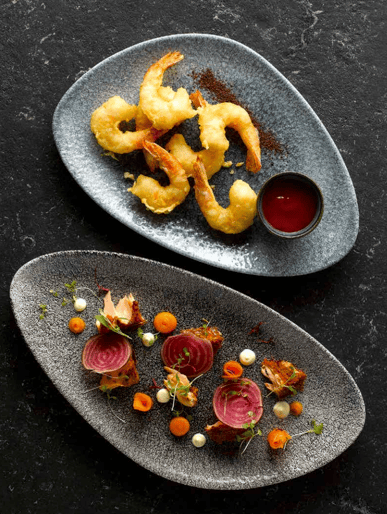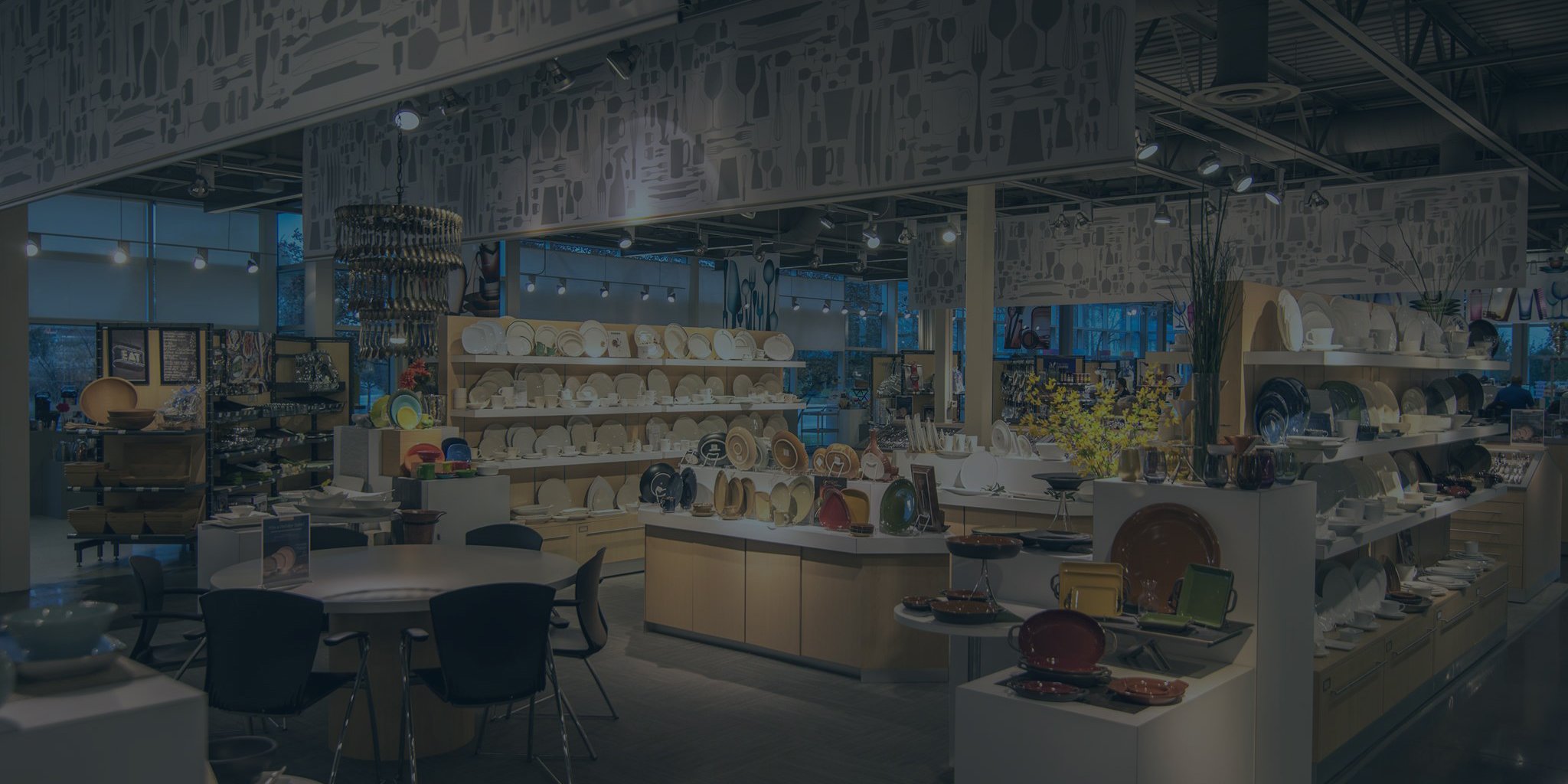As all chefs know, the presentation of an appetizer or entrée is nearly as important as the food itself. In a recent experiment, diners were given the same salad prepared three ways: one was a messy salad, one a utilitarian salad and one an artful salad preparation. Though diners rated the taste of each salad similarly, they were the most impressed with – and willing to pay the most for – the salad that was presented in a sophisticated presentation.
But how does the actual plateware itself fit into the equation? According to private chef Sean Bone, choosing the right plating can add the right atmosphere to the restaurant. In other words, a chef’s plate choice should reflect the restaurant’s values. If your restaurant is a sophisticated steakhouse, then you want to choose sleek, unobtrusive plateware.

The importance of plating for influencing dish’s impact on diners is undeniable. You may need to be constantly vigilant about plating beautiful dishes, but you can simplify the process of plating on tasteful dishware by choosing Churchill Studio’s Reactive and Organic Raku Pattern plating.
What is raku?
Raku pottery is a unique reactive printed process created originally in Japan. The result is an understated, yet vibrant, color in the pottery’s glaze. Often, this glaze is intentionally cracked or bubbled.
The problem with traditionally-created raku is that it’s not food safe. The process itself makes this kind of pottery thin, fragile, and most significantly, porous, which makes the pottery impossible to clean or use in the restaurant environment.
Because of its beauty and uniqueness, raku would make perfect dishware. However, because of the qualities of its firing, traditionally-crafted raku is not suitable for the restaurant environment.

What is a reactive glaze?
The quality that sets raku apart from other types of pottery is its reactive glaze. A reactive glaze is non-uniform in color because of the way that it reacts to the additives in the glaze. When fired, these non-standard elements change the color and texture of the glaze in places, giving the piece an original style.
Churchill wanted to mimic the unique style of raku pottery in a line of dishware that could stand up to the rigors of restaurants. Thus, the Studio Prints Raku collection was born. Each piece is one of a kind because of its reactive glaze that responds to imperfections in the firing process. Glazes come in many colors, as well, including Topaz Blue, Quartz Black, Garnet Orange and Agate Grey.
What is organic plateware?
Organic plateware is popular because it is natural. Chefs and diners can tell that it’s made by a person, instead of on an assembly line. For diners, this creates a feeling of comfort, an expectation that they will receive the same kind of personalized service. For chefs, this individuation inspires creativity to plan and prepare meals that are as original as the plates.
Churchill’s raku plateware is styled in an organic, free-form style. The Organic Round Plate, for example, does not have even edges around the side. This style of dishes lets you offer plateware that looks individualized and handmade – without leaving you with the impossible task of cooking with easily-breakable pottery.
The future of the raku collection
The Raku collection is a smart choice for your restaurant because you don’t have to sacrifice either style or substance in your plateware. Churchill Studio understands that you need strong dishware that can withstand the challenges of the hospitality environment, which is why all Churchill’s dishware is Churchill Super Vitrified – some of the strongest in the world.

At the same time, the warm and tasteful – yet artisanal – flair of the Studio Prints Raku collection would fit into one of this year’s biggest trends in restaurant design: going green. Not only are restaurants sourcing local, healthy food, but they are also incorporating more plants and flowers into their restaurants’ décor. The Raku collection was inspired by landscapes and nature – so what better way to integrate calming, outdoors-inspired plateware into your restaurant?
.jpg?width=192&name=BLT_Only_Logo_Black%20(19).jpg)


